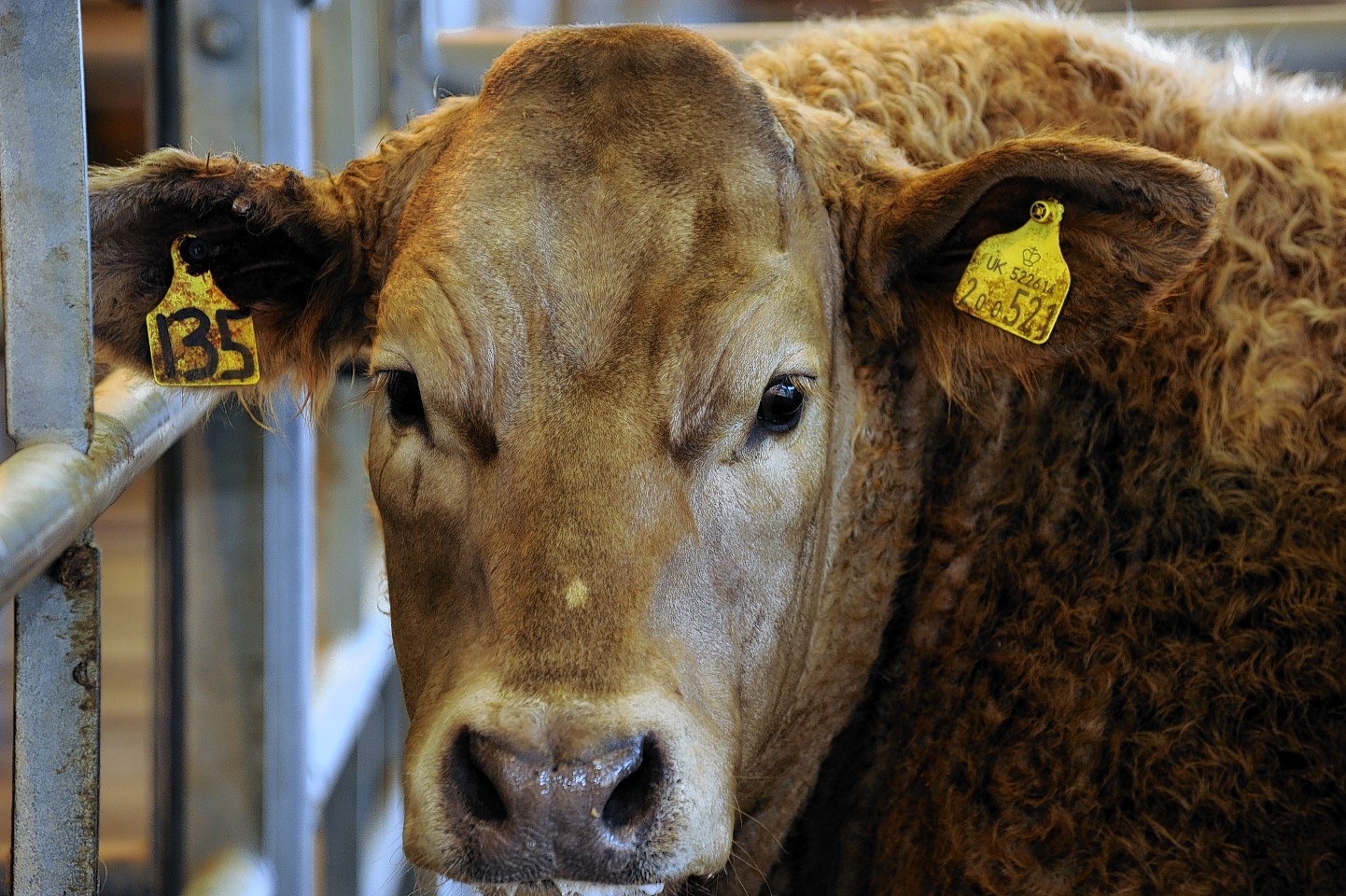Farmers looking to buy bulls in the upcoming sales are being advised on how best to select, purchase and look after the animal.
United Auctions’ bull sales at Stirling, which start on Monday, October 20, will showcase the wide variety of breeds available in Scotland to potential buyers.
The advice, offered by various groups, is aimed at helping farmers by highlighting the importance of the decision being made when purchasing a bull.
There are also recommendations on how best to look after the animal after purchase and how to get optimum results in terms of breeding.
The use of Estimated Breeding Values (EBVs) means that farmers now have more information available to them during the process of buying new stock.
According to Gavin Hill, of SAC Consulting, the majority of potential buyers go to a market with a firm idea of what they want, however, EBVs can sway people’s opinions on an animal.
Mr Hill’s advice on EBVs is to use them as a secondary tool for selection and not to base any decisions solely on the results they show.
Although they are a measurement for genetic potential, there is a possibility that EBV results may not be entirely accurate, therefore farmers are encouraged to also consider other forms of valuation.
David Leggat, of United Auctions, said: “One thing to be aware of with EBVs, is that you look at the whole picture and make sure all the information is accurate.”
He urged farmers to place an emphasis on the importance of calving ease and the status of the animal’s health.
There can be no specific advice on what kind of bull to look for as, obviously, not every buyer is looking for the same type of animal.
Different herds require different characteristics, however, in making decisions, farmers should use all information available to them and must feel comfortable with their buy as a long-term investment, particularly with the rising prices that have been seen in the market, added Mr Hill.
All this advice concerns the purchase of the bull, which is, in essence, just the beginning of the process.
Making efficient use of the investment is just as important, the environment must be right to get the best results possible and make sure that the bull will preform to his full potential.
Mr Hill has also indicated that a new bull must feel settled in a fresh environment and that changes should be kept to a minimum.
Clearly a bull moving from one farm to another will mean that there are inevitable changes to the animal’s surroundings, however getting him used to the new environment will make things easier for bull and farmer alike, added Mr Hill.
Making use of the animal is obviously the main priority for farmers, however it is important not to expect a young bull to perform miracles from the off.
Mr Hill also stressed the importance of having patience with the animal and easing him into his new role, farmers are also advised to keep their previous bull while the new addition matures.
